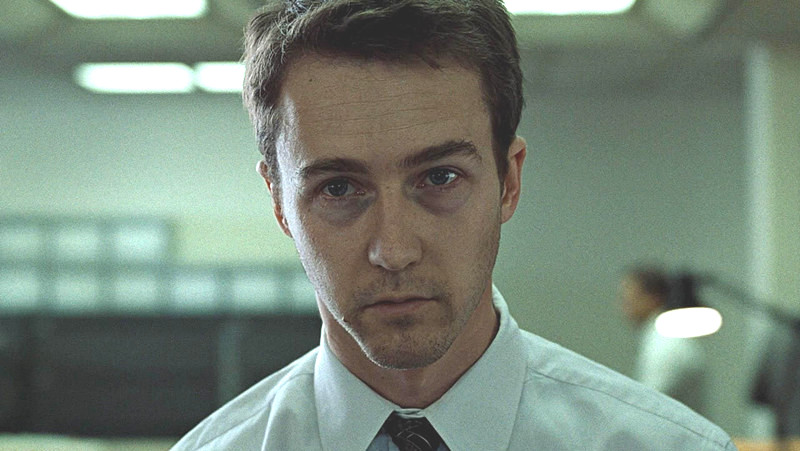
Adaptations can be fickle beasts. It’s very rare that a previously existing work is adapted with 100% fidelity, as the differing mediums of screen and written word are rarely completely compatible with one another, so it’s inevitable that changes will be need to been made to the source material in the process of transposing it.
Some changes are structurally necessary, such as the introspective thoughts of a character that run over whole pages of a novel being difficult to present on screen without a lengthy voiceover that slows the pace of the film.
Sometimes an older work will contain problematic aspects that require updating or omitting to reflect ever-fluctuating changes in social mores. Sometimes extraneous sub-plots will be cut to streamline the flow of the story. Sometimes the creatives in charge of a film will simply dislike a choice an author made, and elect to alter it to something they personally find more palatable.
And just sometimes, even in much of the rest of the story remains the same, adaptations can be given completely different endings, which naturally can drastically alter the overall reaction of those experiencing it.
1. Fight Club
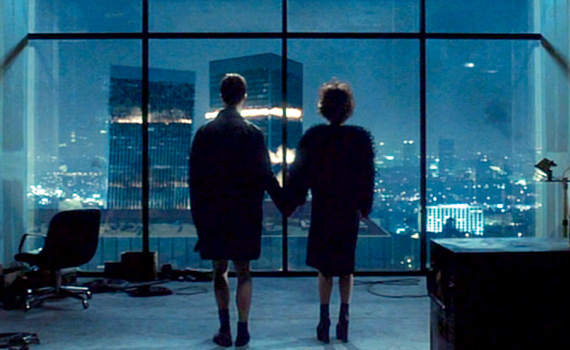
An insomniac meets a charismatic soap salesman named Tyler Durden, and the two of them begin an underground series of fighting meetups for dissatisfied men to physically express their frustration at the insignificance of their existences. The movement gradually begins to expand, eventually spiralling into an anarchist war against the devotion to consumerism that was fostered upon Generation X by their parents, but then grew up to find themselves unfulfilled by.
After the (unnamed) Narrator discovers he and Tyler are the same person but remains unable to control the rogue personality, the film ends with Tyler enacting a plan to give everyone a clean financial slate by blowing up buildings storing electronic information of debt. The Narrator shoots himself in the head, symbolically and literally destroying the Tyler personality and is freed of him.
The climax of Chuck Palahniuk’s book is a similar situation, only after the Narrator shoots himself the story immediately launches into an epilogue where he believes himself to have died and gone to heaven (sidestepping exactly why he thinks that’s where he would have ended up). In actuality he is a patient in a psychiatric hospital, a psychiatrist taking the place of God in his delusion while the staff and orderlies become angels.
It’s made clear that the anti-capitalist movement he began is very much still operational, and it will only be a matter of time before he is freed. Palahniuk has stated he actually prefers the film’s ending, believing it to be a far better culmination to the story.
2. First Blood
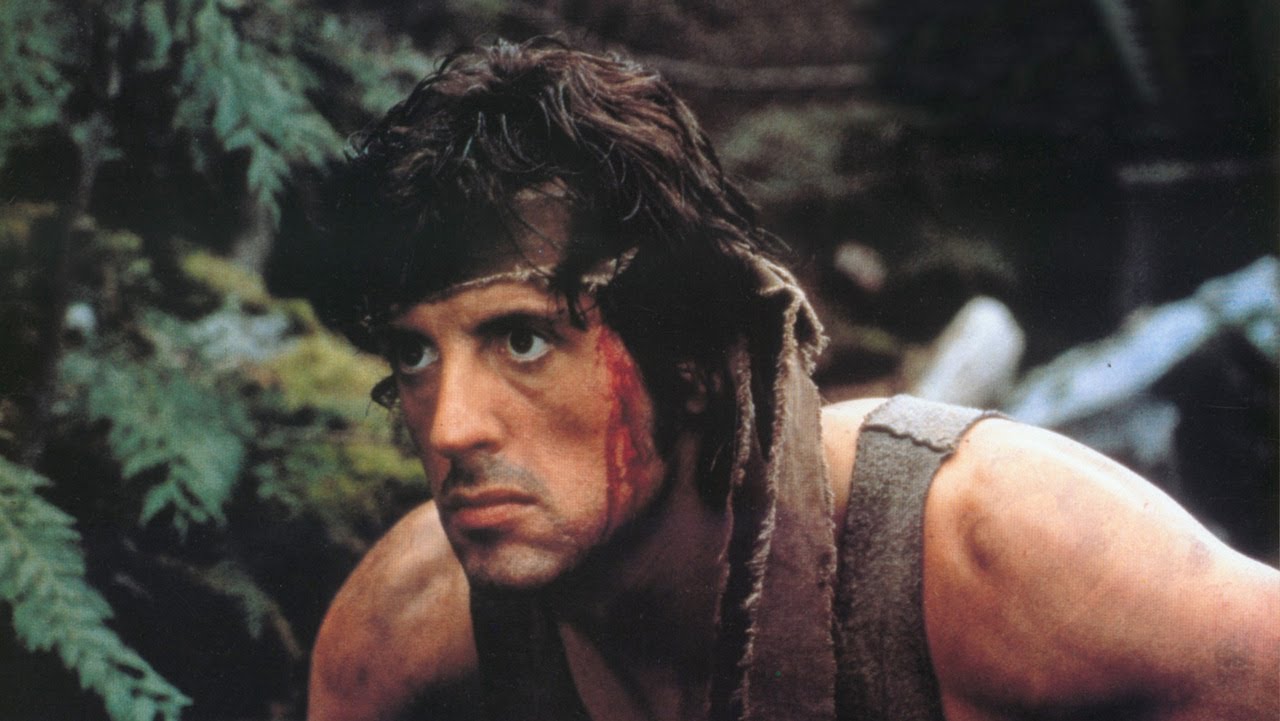
The original Rambo movie, before the sequels mutated the character into a steroid-pumped one-man army whose very name became a byword for hypermasculine ‘80s machismo, was the story of a Vietnam veteran struggling to get by in a country that had no place for him.
After John Rambo discovers the last of his army friends has died of cancer brought on by the chemicals the war exposed him to, the former Special Forces soldier is arrested for vagrancy when a small-minded town sheriff named Teasle sees Rambo’s dishevelled appearance and mistakes him for a hippie.
The ensuing abuse pushes the PTSD-afflicted soldier ever further to the edge until he snaps, assaulting his captors and escaping into forests of the surrounding hills, leading first the police and later the National Guard on an extended and bloody manhunt.
In the end, Rambo’s former commander, Colonel Trautman, manages to convince him to give himself up, but not before Rambo breaks down in despair at the prospect of a life alone and hated after the horrors of war he has suffered, highlighting the futility of all that conflict’s veterans endured.
The ending of the book of the same name by David Morrell takes things one step further. After being hunted through the town where the altercation began and already dying from an earlier injury, Rambo ends up in a firefight with Teasle, himself a veteran of the Koran War some 20 years previously.
Rambo fatally wounds Teasle, disappointed in the outcome due to already having accepted his own death and wanting to die in combat. Trautman, knowing that alleviating Rambo’s suffering is all he can now do for him, shoots him in the head with a shotgun. There was no sequel.
3. The Mist
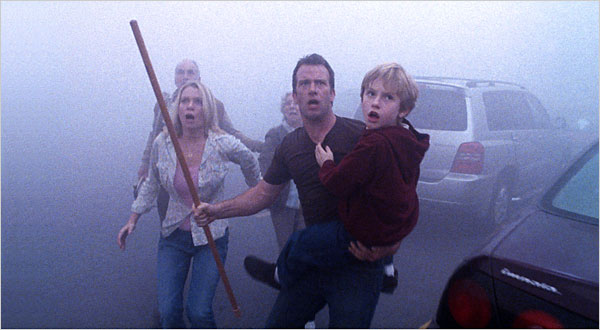
Stephen King’s novella is the story of a group of people within a community supermarket, trapped by an eldritch mist that has the enveloped the town and hides monstrous abominations that brutally kill anyone who encroaches upon their domain. The book ends with a group of survivors escaping to drive down a mist-shrouded highway, a lone spoken destination made out amidst the radio static providing a glimmer of hope.
The film’s ending, however, makes things so, so much worse. Instead of the ending on the same vaguely optimistic note, in the closing minutes the car runs out of fuel on a forest road. At this point, the protagonist David shoots the remaining survivors – including his young son – to spare them the inevitable gruesome death that awaits, but is one bullet shy of being able to do the same for himself.
Instead, he walks out into the mist, shouting for the monsters to take him and end his suffering, only for an army convoy to come rolling into view, burning away the mist and incinerating the monsters. He is left unable to do anything but drop to the ground and scream in abject despair at the senselessness of the deaths brought about by abandoning hope mere moments before the arrival of safety. It’s bleak, nihilistic, and hits you like a freight train to the gut.
4. A Clockwork Orange
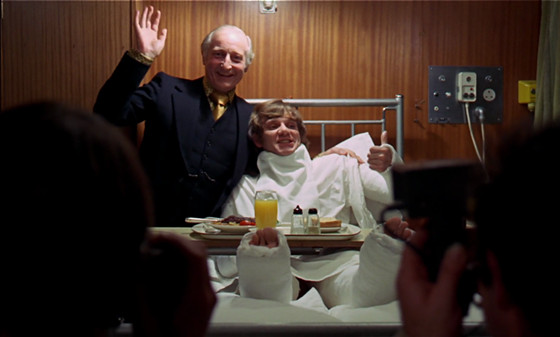
Stanley Kubrick’s infamous tale of a society descended into dystopian chaos sees teenage gang leader Alex sent to prison after the consequences of his nightly rampages of rape and murder catch up to him.
While inside, he undergoes a form of aversion therapy that leaves him violently nauseous at the thought of engaging in any of his old pastimes and is released, technically reformed as his impulses have been neutralised. At the end of the film he is cured of the compulsion and left free to resume his mindlessly destructive ways, orgies of sex and violence close behind his eyes.
This is in contrast to the end of Anthony Burgess’ book, where despite having been cured, Alex still chooses to renounce his life of violence, the thought of it not disgusting him as it did under the aversive impulse, but merely seeing it as a pointless waste of his time to engage in a lifestyle so meaningless, thus reinforcing the story’s themes of choice and free will.
This ending came about not so much through a specific decision, but of missing information, as editions of the novel published in the US prior to 1986 omitted the last chapter where Alex gives up his old ways.
However, Kubrick was made aware of the “extra” chapter prior to completing the screenplay but decided against using it, believing it to be inconsistent with the rest of the book. This echoes the thoughts of many readers, and opinion remains divided on the subject.
5. Dr Strangelove
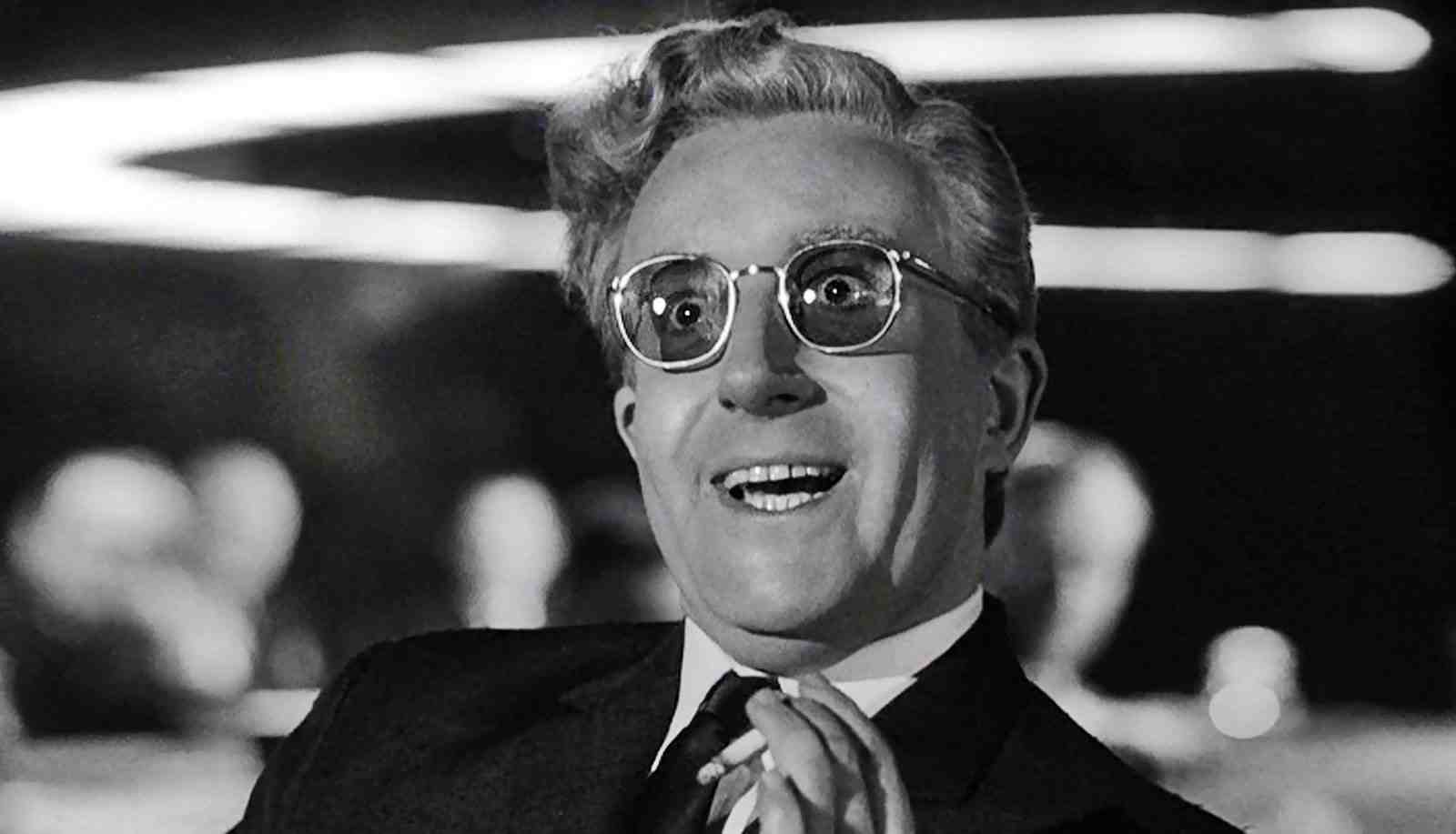
Peter George’s novel Red Alert (originally written under the pseudonym Peter Bryant as Two Hours to Doom) is a very serious and fast-paced thriller, but Stanley Kubrick’s adaptation of it retools the events into a black comedy satirising the paranoia of the Cold War.
The story begins when a mad American army general orders a pre-emptive nuclear strike on the Soviet Union. Without a specific code the bombers cannot be recalled, requiring the President, politicians and army personnel to do anything they can to avert the instigation of Armageddon under the threat of mutually assured destruction.
The novel ends with nuclear war being averted when the only deployed bomb is damaged as it’s dropped, failing to hit its target and detonating at a fraction of its intended yield. After some necessary posturing everyone begins making arrangements to ensure the same thing doesn’t happen again, as nobody wants to start a conflict that would destroy all life on the planet unless they really meant it.
At the end of Kubrick’s film, a couple of minor problems prevent one bomber from being found or recalled, resulting in the destruction of a missile silo, the triggering of a Soviet doomsday machine, and the almost certain subsequent annihilation of the entire human race.
The downer ending reinforces the point of how easy it was for nuclear war to be set off, the absurdity amplified by a sequence of atomic explosions juxtaposed with the hopeful refrain of Vera Lynn’s version of popular wartime song We’ll Meet Again.